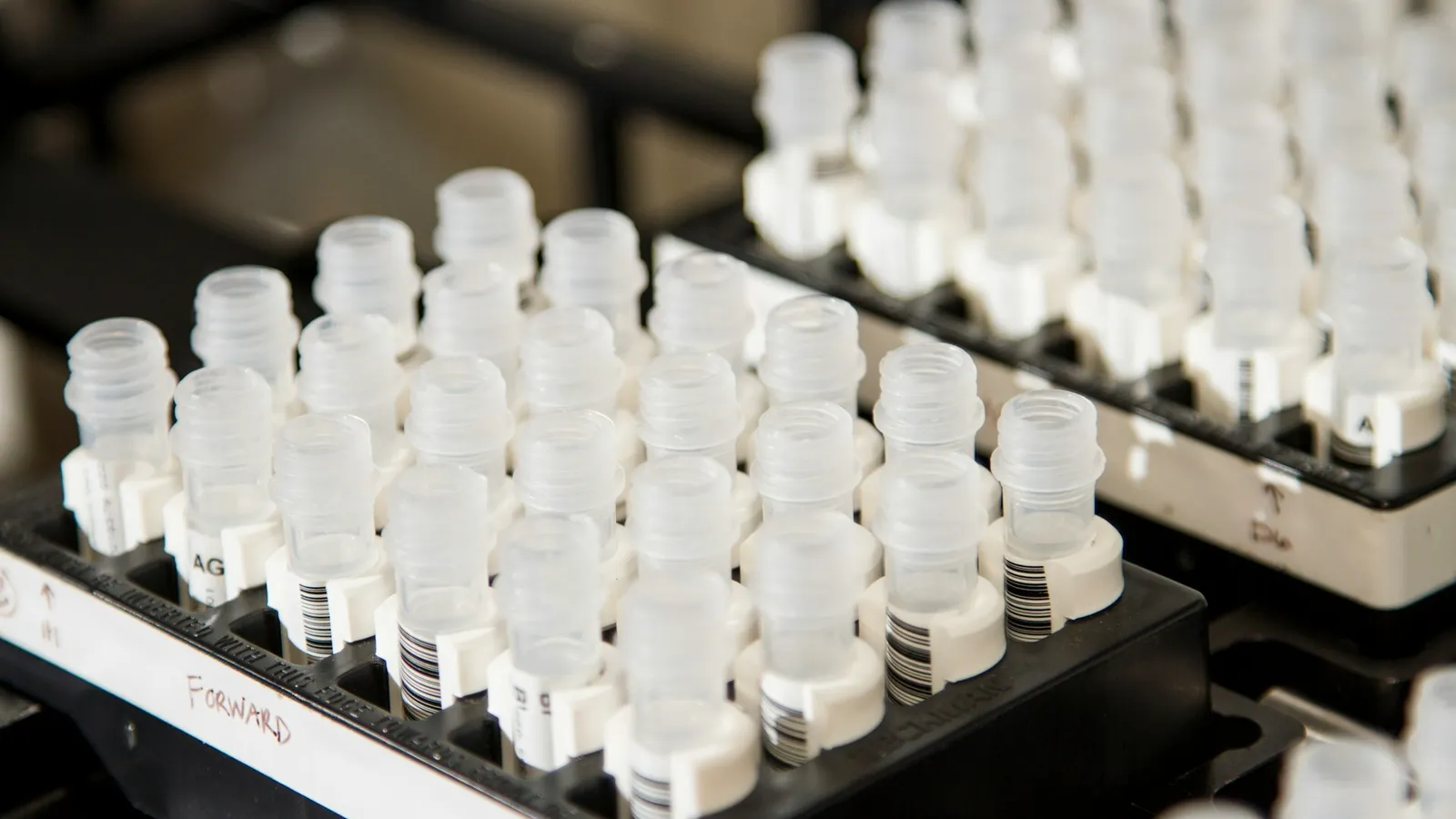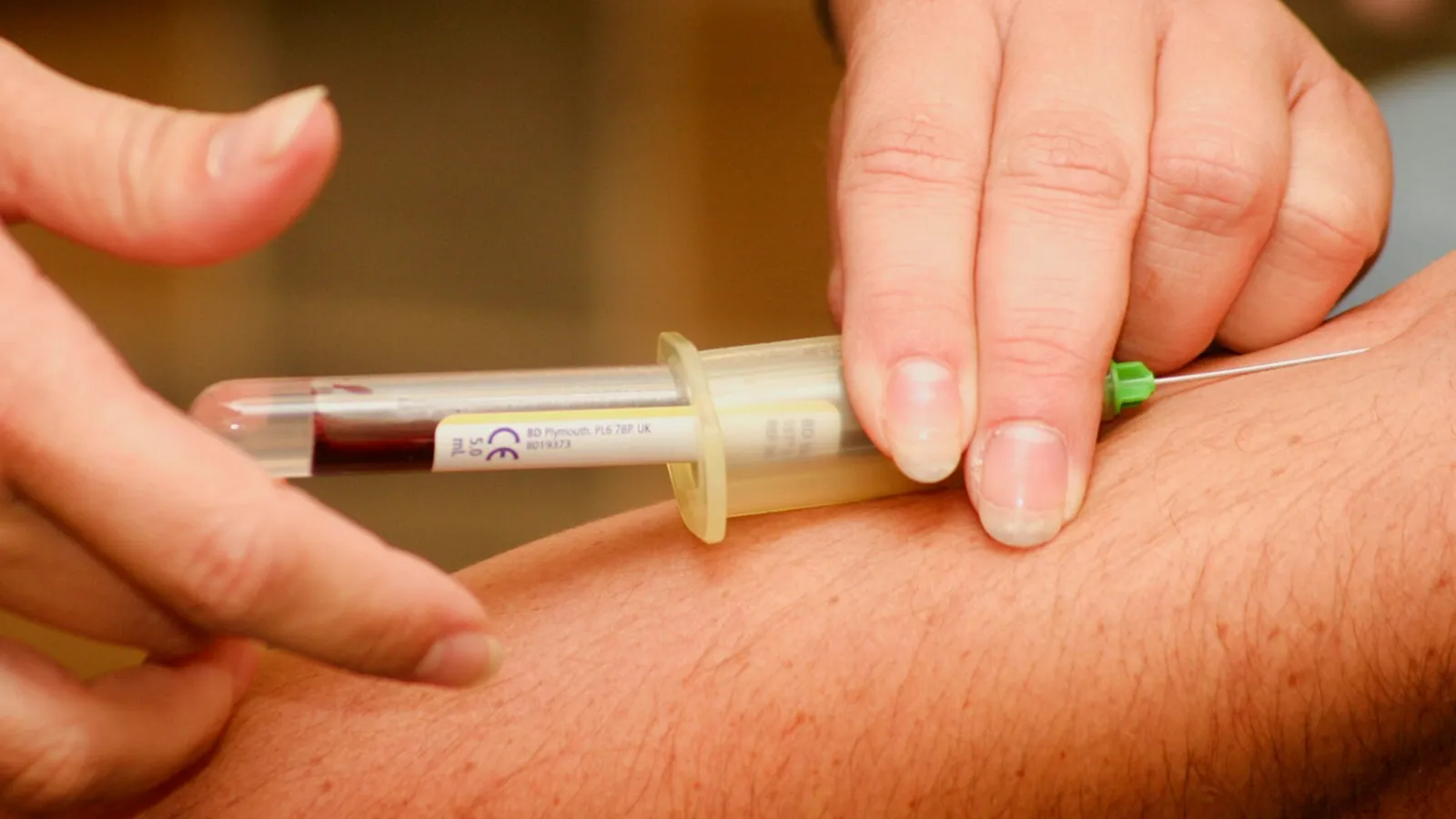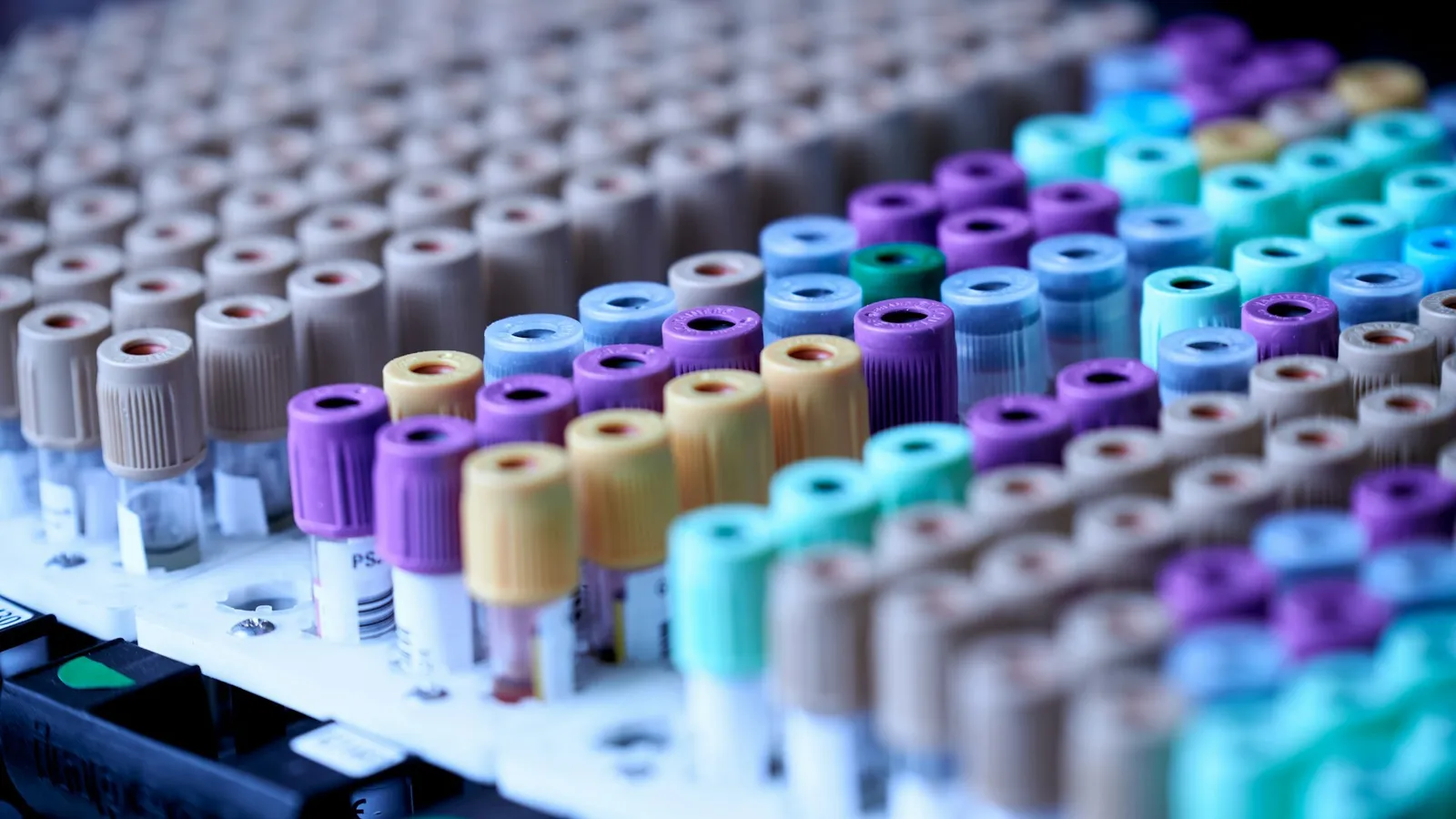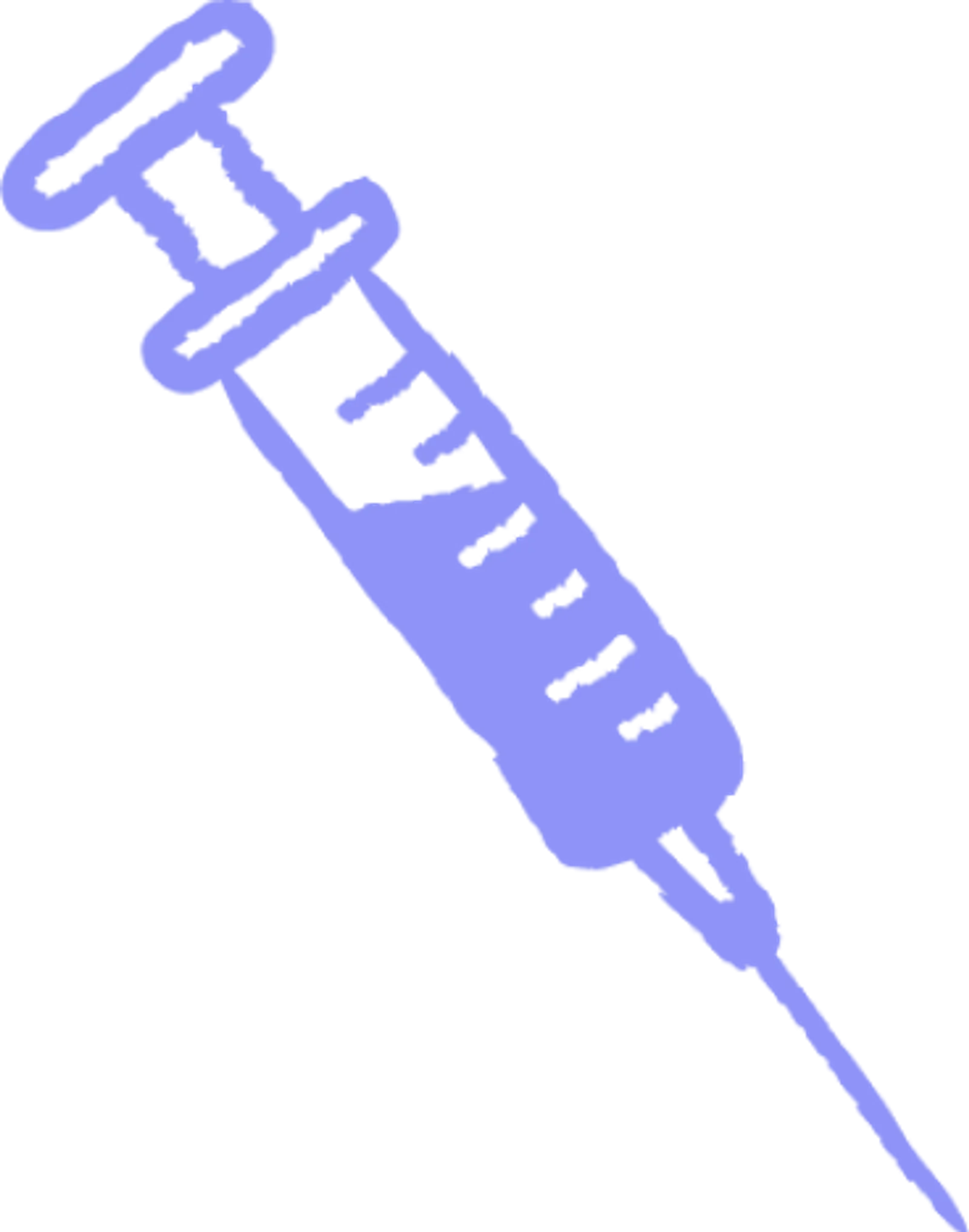Plasma 101
Who: Eligible donors between 18 and 63 can earn up to $560 a month in NY and up to $770 a month in FL.
What: Plasma is the yellow part of your blood that replenishes naturally.
Where: Queens, Brooklyn, The Bronx (NY), and Ft. Pierce (FL).
Why: Get paid to donate and help treat bleeding disorders, immune deficiencies, and more.
When: No appointment needed—walk in anytime before closing.
Demystifying the Process of Plasma Donation

Demystifying the Process of Plasma Donation
Plasma donation, a vital component in modern medical treatments, often goes unnoticed in discussions about healthcare contributions. This process, where individuals donate their plasma, the liquid portion of blood, plays a crucial role in numerous life-saving treatments. Plasma, rich in essential proteins and antibodies, is not just a medical resource; it's a beacon of hope for patients battling chronic and acute health conditions and presents a simple way to save lives. As we embark on a journey to understand this selfless act, we realize its profound impact – from supporting immune deficiencies to aiding in critical therapies. At Olgam Life, we witness firsthand the remarkable difference each plasma donation makes, both in our local communities and beyond. Let's unravel the layers of this noble practice and appreciate its monumental role in saving lives.
An Overview of the Plasma Donation Process
Plasma Donation Overview and Importance
Plasma, the liquid component of blood constituting about 55% of its total volume, plays a pivotal role in medical science. It's not merely a carrier for blood cells but a vital source of essential proteins and antibodies crucial for clotting and immunity. This makes plasma invaluable in treating a spectrum of medical conditions, from hemophilia and immune deficiencies to critical burn injuries.
In the realm of plasma donation, there are two key types: source plasma and recovered plasma. Source plasma is directly collected from donors through a process called plasmapheresis and is primarily used for further manufacturing into therapies. In contrast, recovered plasma is derived from whole blood donations and has a wider range of medical applications.
Plasma Collection and Manufacturing Process
The plasma donation process begins with plasmapheresis, a specialized method where blood is drawn, plasma separated, and the remaining components returned to the donor's body. This procedure is at the heart of plasma collection at Olgam Life, ensuring a safe and efficient experience at our plasma donation center.
After collection, plasma undergoes a rigorous fractionation process. Here, different plasma proteins are separated and purified for various therapeutic uses. The journey from donation to the final product is a testament to the meticulous care and precision involved in plasma processing.
Steps involved in the Plasma Donation Process
- Registration and Health Screening: Ensuring donor suitability through thorough health assessments.
- Plasmapheresis Procedure: A specialized, safe, and comfortable plasma extraction process.
- Post-donation Care and Recovery: Guiding donors through aftercare for a smooth recovery.
At Olgam Life, we not only focus on the efficient collection of plasma but equally prioritize the well-being and comfort of our donors, reflecting our deep-rooted commitment to the community and medical advancement.

The Role of Healthcare Professionals
Safety, Regulations, and Commitment in Plasma Donation
In the intricate process of plasma donation, healthcare professionals play a pivotal role, safeguarded by the oversight of regulatory entities like the U.S. Food and Drug Administration (FDA) and the European Medicines Agency (EMA). These organizations establish stringent guidelines to ensure the safety and efficacy of plasma donation and its subsequent use.
At the forefront of these procedures are advanced safety measures and equipment. From state-of-the-art plasmapheresis machines to sterilized, single-use collection kits, every aspect is designed to ensure donor comfort and safety. Moreover, different types of plasma donations require varying time commitments, a factor diligently communicated and managed by healthcare professionals.
Key Responsibilities of Healthcare Professionals in Plasma Donation
- Ensuring Donor Eligibility and Health: Verifying that donors meet the FDA's health and eligibility criteria to ensure safe donation.
- Supervising the Plasmapheresis Process: Overseeing the donation process, ensuring it adheres to all safety and regulatory standards.
- Providing Post-Donation Care and Instructions: Offering guidance and care to donors following their contribution.
Eligibility and Frequency of Plasma Donation
Eligibility for plasma donation hinges on meeting certain health criteria set forth by the FDA, ensuring both the donor's safety and the quality of the donated plasma. Ideal donors are often those with blood types in high demand for plasma-derived therapies. Additionally, guidelines on donation frequency are established to protect donors' health while maximizing their contributions to this life-saving cause.
At Olgam Life, our healthcare professionals are not just staff; they are the custodians of safety and compassion, ensuring each donation experience is as rewarding for the donor as it is valuable for those in need.

Addressing Common Fears about Plasma Donation
Common Misconceptions and Fears
Plasma donation, often shrouded in misconceptions, can be a source of apprehension for many. One common myth is that plasma donation is significantly more invasive or painful than whole blood donation. However, the reality is quite different. Both procedures are similar in many ways, with plasma donation using advanced techniques to ensure comfort and safety.
Another fear is the potential health impact of frequent donations. At Olgam Life, we adhere to FDA guidelines, ensuring that our donation frequencies are within safe limits to protect donor health while aiding those in need.
Preparing for and Recovering from Plasma Donation
Preparation is key to a positive plasma donation experience. We recommend donors stay hydrated, eat a healthy meal, and avoid alcohol and caffeine before donation. Proper hydration, in particular, can significantly improve the donation experience.
Post-donation, it's normal to feel a bit fatigued. We advise donors to rest if needed, continue to hydrate, and avoid strenuous activities for a day. Any mild discomfort at the donation site can usually be alleviated with a cold compress.
Comparison of Common Fears vs. Facts
Fear | Fact |
Pain and discomfort during donation. | Use of sterile, single-use equipment and gentle techniques minimize discomfort. |
Risk of health issues from frequent donations. | Donations are scheduled according to FDA guidelines to ensure donor safety. |
Donation process is time-consuming. | Most plasma donations take about 1-2 hours, with Olgam Life ensuring a comfortable experience. |
Fear of needles and blood. | Our experienced staff are trained to ensure a smooth, less intimidating process. |
Concerns about side effects like feeling weak after donating. | Proper hydration and nutrition, as guided by our team, help ensure a quick recovery. |
Uncertainty about eligibility to donate. | Clear guidelines and pre-screening ensure that only eligible, healthy individuals donate. |
The Impact of COVID-19 on Plasma Donation
The COVID-19 pandemic has significantly influenced the landscape of plasma donation, particularly with the advent of convalescent plasma. This form of plasma, donated by individuals who have recovered from COVID-19, is rich in antibodies that could potentially aid in the treatment of patients battling the virus. Research continues to explore the full potential of convalescent plasma, making it a crucial component in ongoing COVID-19 therapeutic studies.
Additionally, guidelines for plasma donation post-COVID-19 vaccination have been established. Individuals who have received the COVID-19 vaccine are encouraged to donate, following a short waiting period post-vaccination to ensure the safety and efficacy of the plasma collected.
Promoting Plasma Donation Awareness
Awareness and community engagement are key in promoting plasma donation. Organizations like the Red Cross play a pivotal role in this endeavor, organizing campaigns and providing information to educate the public. These efforts are crucial in demystifying plasma donation, addressing common misconceptions, and highlighting its importance.
At Olgam Life, we echo this commitment to community engagement, understanding that informed communities are empowered to make a difference. This is not to mention the compensation donors can receive for their efforts. Our focus extends beyond plasma collection to fostering a culture of altruism and health consciousness, where plasma donation is seen not just as a medical necessity but as a community responsibility and a form of volunteerism that has the power to save lives.
In summary, plasma donation stands as a cornerstone in modern healthcare, playing a critical role in treating a variety of medical conditions. From the intricate processes of plasmapheresis and fractionation to the rigorous safety standards upheld by healthcare professionals, each step underscores the value and importance of this selfless act. By addressing common fears and misconceptions, we aim to foster a more informed and supportive community, aware of the life-saving impact of their contributions.
We encourage you to consider the profound impact you can have through plasma donation. Visit Olgam Life or your local donation center to learn more and take a step towards saving lives.
















